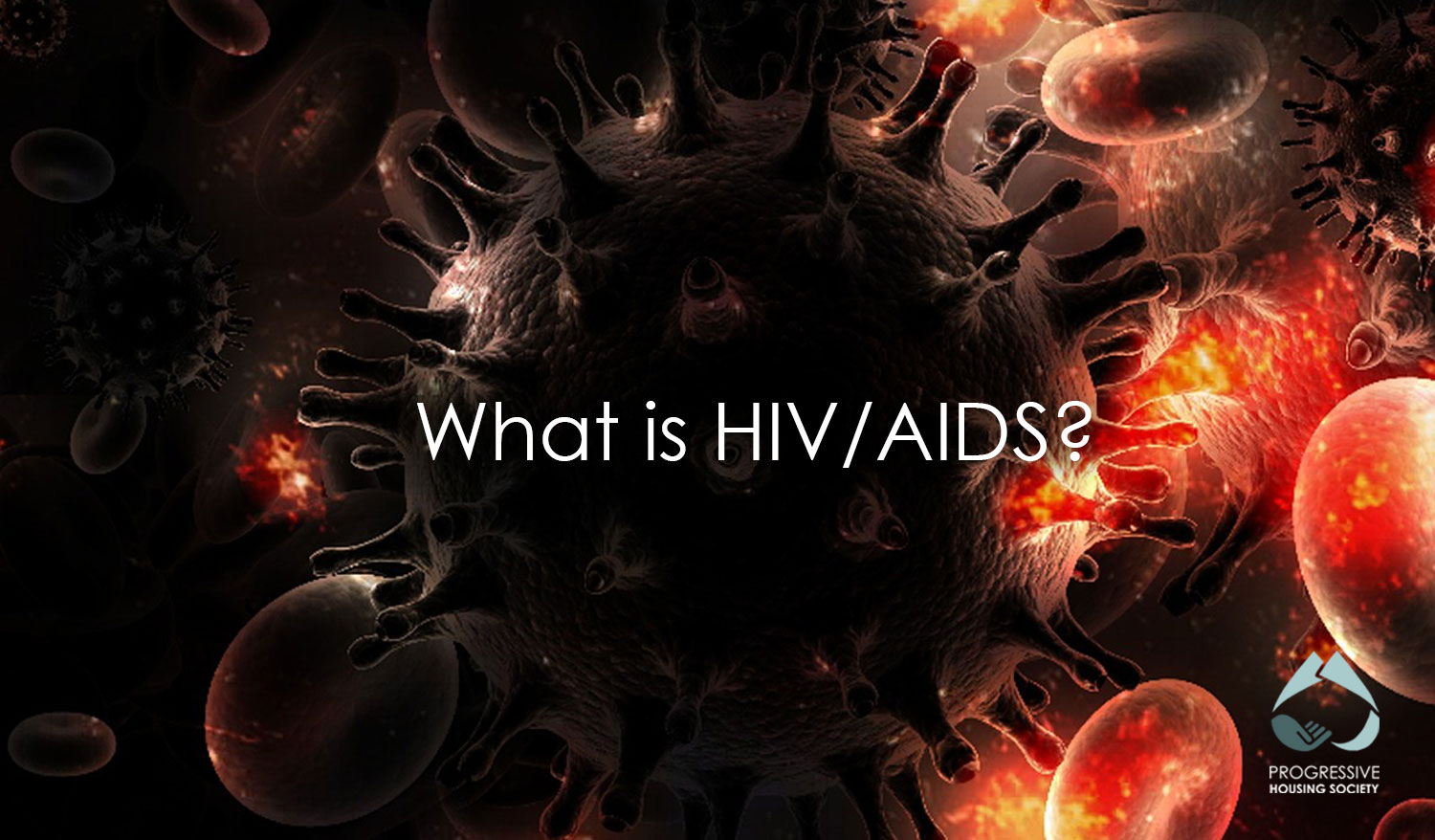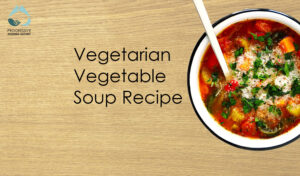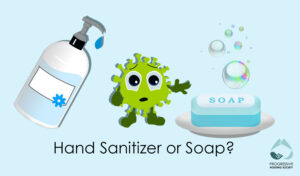What is HIV/AIDS?
HIV? AIDS? You may have heard these words at some point in your life along with an array of opinions and facts. Well, if you haven’t got a clue as to what they mean or you’re confused as to why it’s are a big deal, we’re here to help.
Human Immunodeficiency Virus, also known as HIV, is a non-curable infection plaguing present society. Since its rapid spread during the 1980s, understanding of the virus has increased significantly. With many materials so accessible on the internet and widespread general awareness of the illness, we should all be able to educate ourselves on this modern-day epidemic to prevent it from spreading further through future generations.
A Brief History
In the 1980s, awareness grew exponentially due to the number of gay men gaining this illness. Throughout the years, HIV has evolved into an epidemic.
In 2018, UNAIDS estimated that there was an estimated 37.9 million people living with HIV around the world (UNAIDS, 2019). Initially detrimental to human health, developments in medicine has allowed for the creation of effective treatments to help those affected manage human immunodeficiency virus.
These treatments, according to the World Health Organization, consists of antiretroviral therapies that suppress the virus to stop its progression (WHO, 2013). If left untreated, HIV can progress into AIDS (Acquired Immunodeficiency Syndrome), which is the final, most severe stage.
But with modern medicine, progression to AIDS is highly unlikely if the person were to be responsible with their treatment regimen. Keeping track of their health will allow them to live long lives without many complications from the infection.
What Happens During a HIV Infection
When infected by HIV, the virus attacks the immune system by invading and destroying white blood cells. These cells are very important as they are in charge of keeping the body healthy. If white blood cells are diseased or destroyed, the body’s immune system is weakened, and it would be easier for other infections or cancers to attack the body.
BC Centre for Disease Control has outlined some symptoms that can occur (BCCDC, 2019) such as:
- Fever
- Sore throat
- Headache
- Muscle Aches and joint pain
- Swollen glands (swollen lymph nodes)
- Skin rash
Sometimes, symptoms may not appear until a few days or after several weeks after a person is first infected. Early symptoms usually go away within 2 to 3 weeks but may reappear and remain.
How Does HIV Spread?
There are only a few ways the virus can spread. It can be found in semen, blood, breast milk, vaginal and anal fluids. Common ways for these fluids to enter the body is
- Engaging in unprotected vaginal or anal sex with someone infected by HIV
- Engaging in unprotected oral sex with someone infected by HIV
- Sharing of drug equipment
- From mother to baby during pregnancy, birth, or breast-feeding if mother is infected with HIV
Lack of knowledge regarding how the virus spreads has caused a lot of stigma and discrimination towards people living with HIV/AIDS. According to BC Centre for Disease Control and many other health institutions, the disease does not survive well outside the body. This means that it cannot be spread through casual contact such as kissing, hugging and holding hands (BCCDC, 2019). HIV also does not spread through the air, water or insect bites (Mayo Clinic, 2019). There are limited ways that it can spread, and with the right prevention methods, we can all easily protect ourselves from this virus.
HIV Prevention Strategies
HIV is an incurable infection with no vaccine to combat it. Therefore, protecting ourselves against this illness is vital to helping keep the infection at bay. If less people are contracting it, there would be fewer opportunities for the infection to spread and cause another epidemic.
The Mayo Clinic and BC Centre for Disease Control have suggested easy prevention methods to help you protect yourselves against infection:
Practice safe sex by using a new condom every time you have sex until you are sure you and your partner do not carry the virus
- If you have a new sexual partner, getting tested and retested together is a good way to detect the presence of HIV; Remember to use condoms in the meantime
- Be open and talk about sexual histories
- If you are having sex with someone with HIV, get tested regularly and practice safe sex
- Do not share needles, syringes, cookers, cotton, cocaine spoons, or eyedroppers if you use drugs
- Get tested regularly for Sexually Transmitted Infections
- If you have tested positive for HIV and are pregnant, seek medical attention right away to reduce the risk of HIV spreading to your baby; also, do not breastfeed baby after giving birth
For people in high-risk situations, medications such as Pre-exposure prophylaxis (or PrEP) can be highly beneficial in reducing the risk of HIV infection. If you are at a high risk of acquiring HIV, speak to a healthcare professional to see if this is a good option for you.
Treatments
Currently, the most effective method of treating HIV is following a cART regimen. cART stands for Combination Antiretroviral Therapy, and it is a lifelong treatment to ensure viral suppression (Ghosn et al., 2018). Because of the creation of antiretroviral therapy (ART), there have been huge decreases in rates of death and suffering, especially when treatment is started during the early stages of HIV (WHO, 2013).
The U.S. Department of Health and Human Services has recommended that everyone who has been diagnosed to start ART immediately. Urgency to begin treatment should increase if a woman is pregnant, or if there are other illnesses, such as kidney disease or other opportunistic infections, that have developed in people with HIV (HHS, 2019). If you suspect that you might have HIV, contact your doctor immediately to begin testing for the virus.
Other effective ways to manage the disease is to participate in peer support groups, make use of supportive health workers, setting reminders to take medication, and reduced waiting times at clinics. These methods have proven to be successful in increasing retention among young people affected (Ghosn et al., 2018), especially in places where resources are limited.
Stay Safe & Take Precautions
There are lots of things we can do to protect our health. Thankfully, modern medicine has proven to be effective in the fight against this disease. We have had several breakthroughs in the last few years that have changed how we think about the virus and how it impacts people’s lives. Unfortunately, stigma and lack of knowledge about the virus is still rampant in communities. By talking about it and increasing understanding, we can protect ourselves and others in the fight against disease. Share this article to help others learn more!
Progressive Housing Society provides support and assistance to those struggling with mental health, substance use, or homelessness. If you, or someone you know, is looking for support, check out our current services and don’t be afraid to reach out for help!
References
BC Centre for Disease Control. (n.d.). HIV/AIDS. Retrieved July 25, 2019, from http://www.bccdc.ca/health-info/diseases-conditions/hiv-aids
Ghosn, J., Taiwo, B., Seedat, S., Autran, B., & Katlama, C. (2018). HIV. Lancet (London, England), 392(10148), 685-697.
Mayo Clinic. (2018, January 19). HIV/AIDS. Retrieved July 25, 2019, from https://www.mayoclinic.org/diseases-conditions/hiv-aids/symptoms-causes/syc-20373524
UNAIDS. (n.d.). Global HIV & AIDS statistics – 2019 fact sheet. Retrieved July 25, 2019, from https://www.unaids.org/en/resources/fact-sheet
U.S. Department of Health and Human Services. (2019, January 16). When to Start Antiretroviral Therapy Understanding HIV/AIDS. Retrieved July 25, 2019, from https://aidsinfo.nih.gov/understanding-hiv-aids/fact-sheets/21/52/when-to-start-antiretroviral-therapy
World Health Organization. (2013, July 09). Antiretroviral therapy. Retrieved July 25, 2019, from https://www.who.int/hiv/topics/treatment/art/en/




